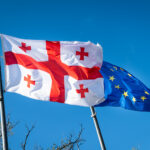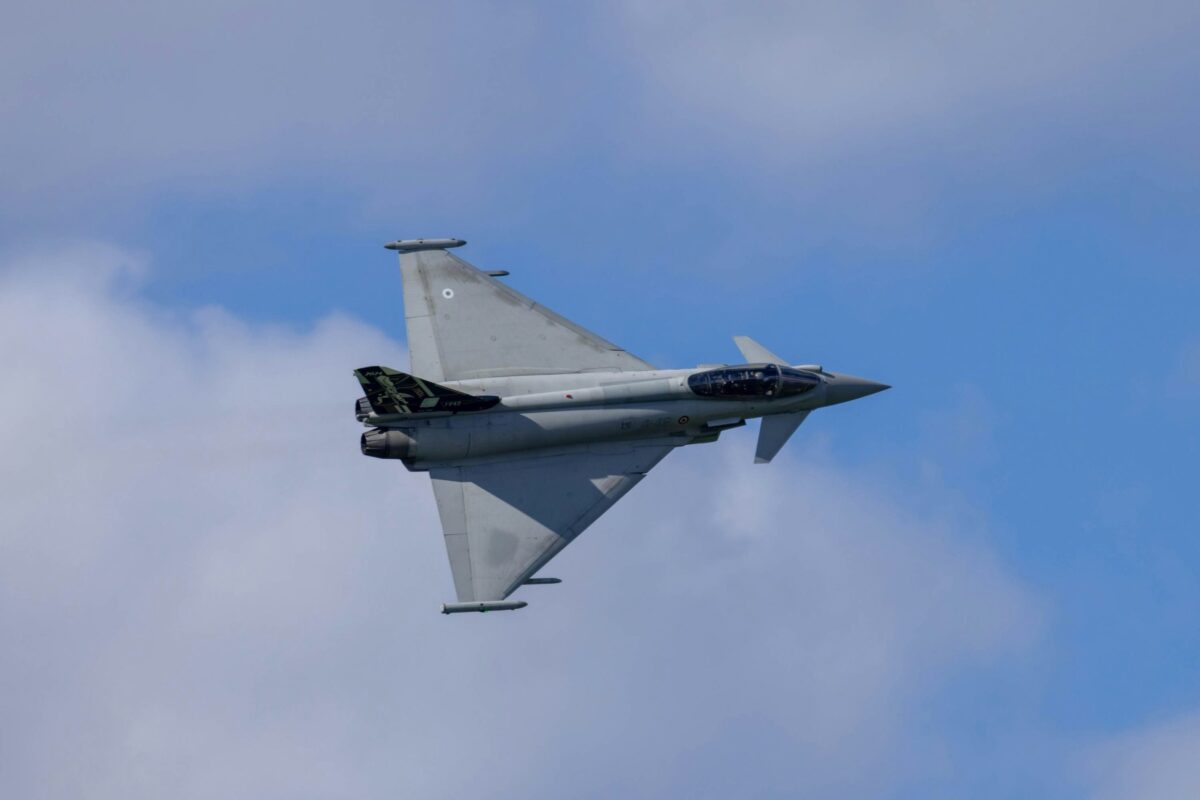There was a sense of unreality in Eastern Europe when we read about the new defence pact between Russia and North Korea and how it might entail North Korean troops fighting for the Russians in Ukraine.
This has become a reality on the ground, proving that sometimes clichés aren’t cliché enough, and the world still has more room to get smaller.
We had seen the trend with the Covid-19 pandemic-induced awareness of critical interconnectivity and interdependence between regions of the world. Now, in a reversal of historical patterns, North Korea is fighting in Ukraine, and South Korea has reportedly been mulling a military presence here as well, in addition to its Substantial (capital S intended) defence and industrial cooperation.
This new reality has already produced echoes in Brussels and Seoul, with Josep Borrell, the EU’s chief diplomat, declaring on the occasion of the EU-South Korea Strategic Dialogue that: “It is because the war is at the border, and it is because, in this war, North Korean troops are going to participate, so this increases the need for us to work together.”
The Europeans have already been getting used to the idea that the Indo-Pacific region is where the future is being made and they will be involved, whether they like it or not. It is one thing for France, the UK and now recently Italy to increase their military diplomacy efforts and common exercises with countries in the region, but the final declarations of NATO Summits in recent years have evinced growing awareness of the importance of the Indo-Pacific.
Geopolitical competition
However, I want to underscore another geographic line of cooperation—the Black Sea (and the Central and Eastern Europeans) and the Indo-Pacific. There is a lot that they have in common, though, in my experience, there has been little awareness on the ground of this fact.
They are both areas of strategic importance for the transit of goods, energy, information, and even illicit flows. They have for a long time lacked functional and inclusive security architectures, though I am happy to say that the Indo-Pacific states are making up for lost time.
They are regions rife with inequality and significant power disparities, as well as localised tensions, which are nevertheless the subject of attention from Great Powers. Aside from one local Great Power, as it were, the others rely on local partners for basing rights and other necessary infrastructure for long-term and sustainable security presence and force projection.
Following the break-up of the Soviet Union, the Black Sea once again became an area of geopolitical competition, and it was no surprise to regional analysts that Russia’s irredentist and revanchist ambitions would manifest here first of all, given constraints on non-riparian forces (owing to the Montreux Convention) and also the general chaos in the region.
By comparison to the Baltic Sea, the Black Sea states lacked strong multilateral structures for cooperation. The North and Baltic Sea got the Joint Expeditionary Force led by the UK, though now all 10 of its members are also NATO members, while Romania, Bulgaria and Turkey failed at creating a NATO flotilla in the Black Sea after Russia’s 2014 invasion of Ukraine.
A lot to learn
We have a lot to learn from how the Indo-Pacific region has created bilateral and multilateral frameworks of cooperation which are just now being replicated in Central and Eastern Europe.
For instance, the cooperation on the joint training of pilots and submariners based on common weapon systems that exists between India, Vietnam and Malaysia would have been unlikely in the pre-invasion era Black Sea region.
The military dialogue formats within ASEAN, including cyber military valences as well, are also interesting for observers from the wider Black Sea region. In fact, the more we study the region, the more potential we find in regionally developed models on everything from industrial cooperation to common space asset utilisation for disaster management.
How can we foster greater inter-regional cooperation?
But there is another topic of discussion—how can we foster greater inter-regional cooperation and what areas will generate the greatest amount of interest from regional stakeholders’ groups in industry, finance, diplomacy and more? There is a lot of potential in this cooperation, and I see four main mechanisms that can enhance it.
The first is the study of the aforementioned cooperation models within the region to enhance our own bilateral and multilateral cooperation, within the regional constraints we are faced with. The model of the Three Seas Initiative in Central and Eastern Europe with its tripartite focus on transport, energy, and digital infrastructure and with powerful actors participating as observers rather than movers and shakers can also be a useful model.
The second is to establish think tank (governmental, university and private) level exchanges of experts from the Black Sea and the Indo-Pacific regions. While everyone reads the same public intellectuals and global think tanks, there is a wealth of expertise on common areas of interest located in the countries of these regions that offer valuable knowledge and insight but are not visible.
The role of think tanks
I am thinking, for instance, of the China and Russia expertise in the think tanks of India, Japan and elsewhere. There is an untapped potential for exchanges blocked by informational asymmetries, gaps in networks and language barriers. This can be achieved through fellowships, regional and thematic conference formats, expert exchanges or even intergovernmental projects to have permanent local offices of national Think Tanks in capitals with easy regional access.
If this sounds familiar, it is because this is what Western governments and, increasingly, China have been doing for years.
The third is to promote bilateral and multilateral inter-regional business and investment formats. The diversification of economic partnerships towards countries whose economic relations do not imply geopolitical valences can be a useful moderator for the indispensable relations with Great Powers and multinationals that come with a lot of attached baggage.
Too many speak of balancing between US and Chinese economic interests, and not enough speak about economic partnerships without geopolitical baggage. This is something that the Black Sea region and the Indo-Pacific can offer to each other, in addition to the obvious advantages such as market access.
It is telling that most of the existing inter-regional trade is mediated by multinational companies, often Western or Chinese, as part of their own supply and distribution chains.
Where are the Eastern Europeans?
There are commercial and investment niches where cross-border exchanges by national actors can have a significant economic and secondary impact. One of these is cybersecurity and digitalisation, both regions featuring strong start-up scenes with important midsized companies that could, with appropriate encouragement, expand into the other region. Yet, one visits growing regional events in South-East Asia such as CyberDSA in Kuala Lumpur and no Eastern Europeans are present (and very few Europeans for that matter, unlike Americans or Chinese).
Lastly, there are concrete opportunities for direct cooperation and the building of trust. One of these is in the exchange of anonymised data pertaining to cyber-attacks—how they take place, what exploits were used, the operating patterns of different groups.
Since cybercrime is global and hybrid warfare against critical systems has become normalised in recent years, we are all more vulnerable and yet concrete exchanges can leverage local expertise and knowledge to increase resilience. After all, many of the same state-sponsored actors or state actors are active in both regions (for instance, from North Korea, China or Russia).
This model can be especially useful in specific sectors such as energy or maritime and air transport.
There is no escaping the economic, military or technological influence of Great Powers, which can be termed a systemic influence caught up in strategic projects and cooperation systems.
But there are significant gains to be had from interregional cooperation between partners with relevant experiences and capabilities and which can add value without the sensitivity or fraught nature of interaction with the big players.
Photo by Edoardo Bortoli on Unsplash.







